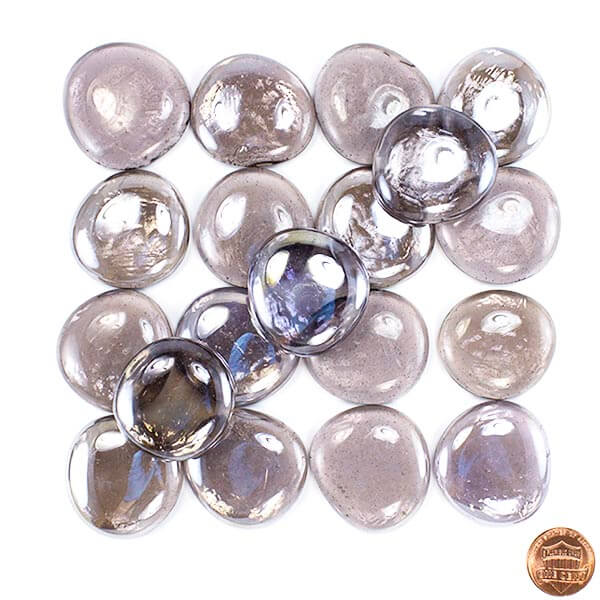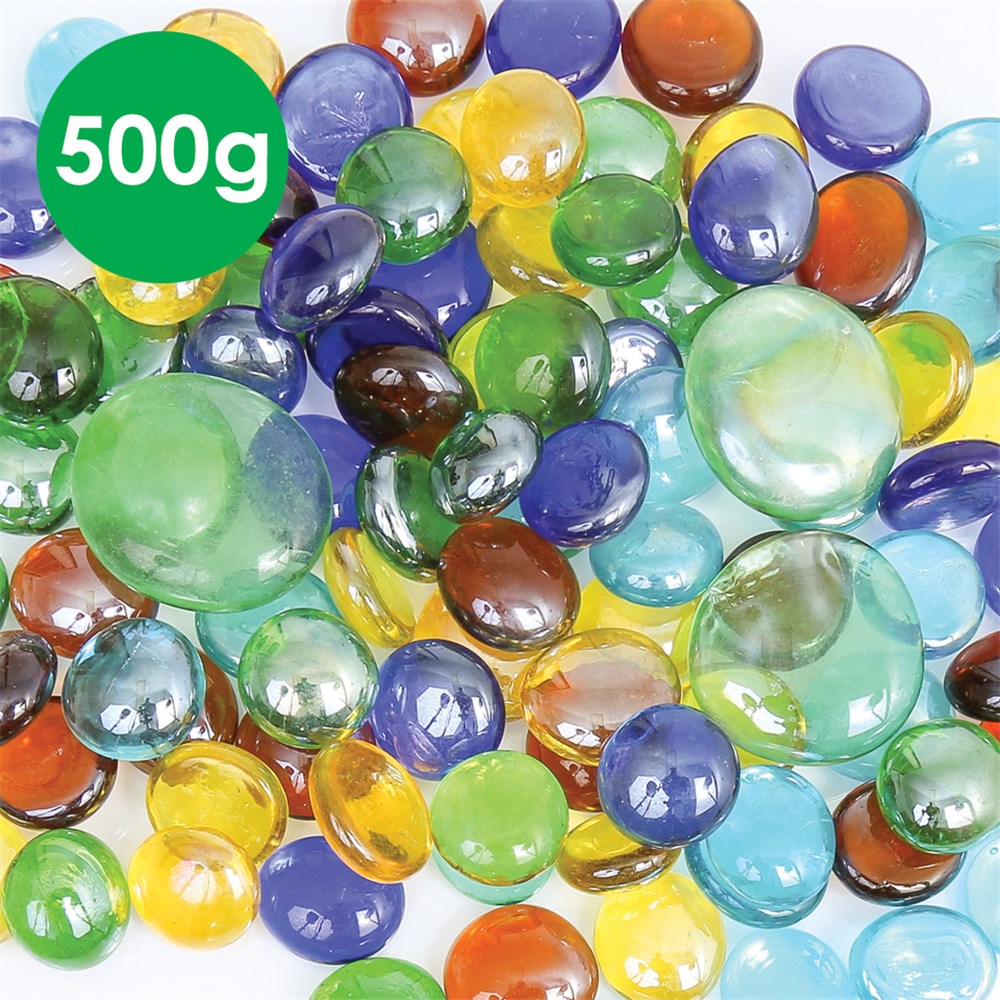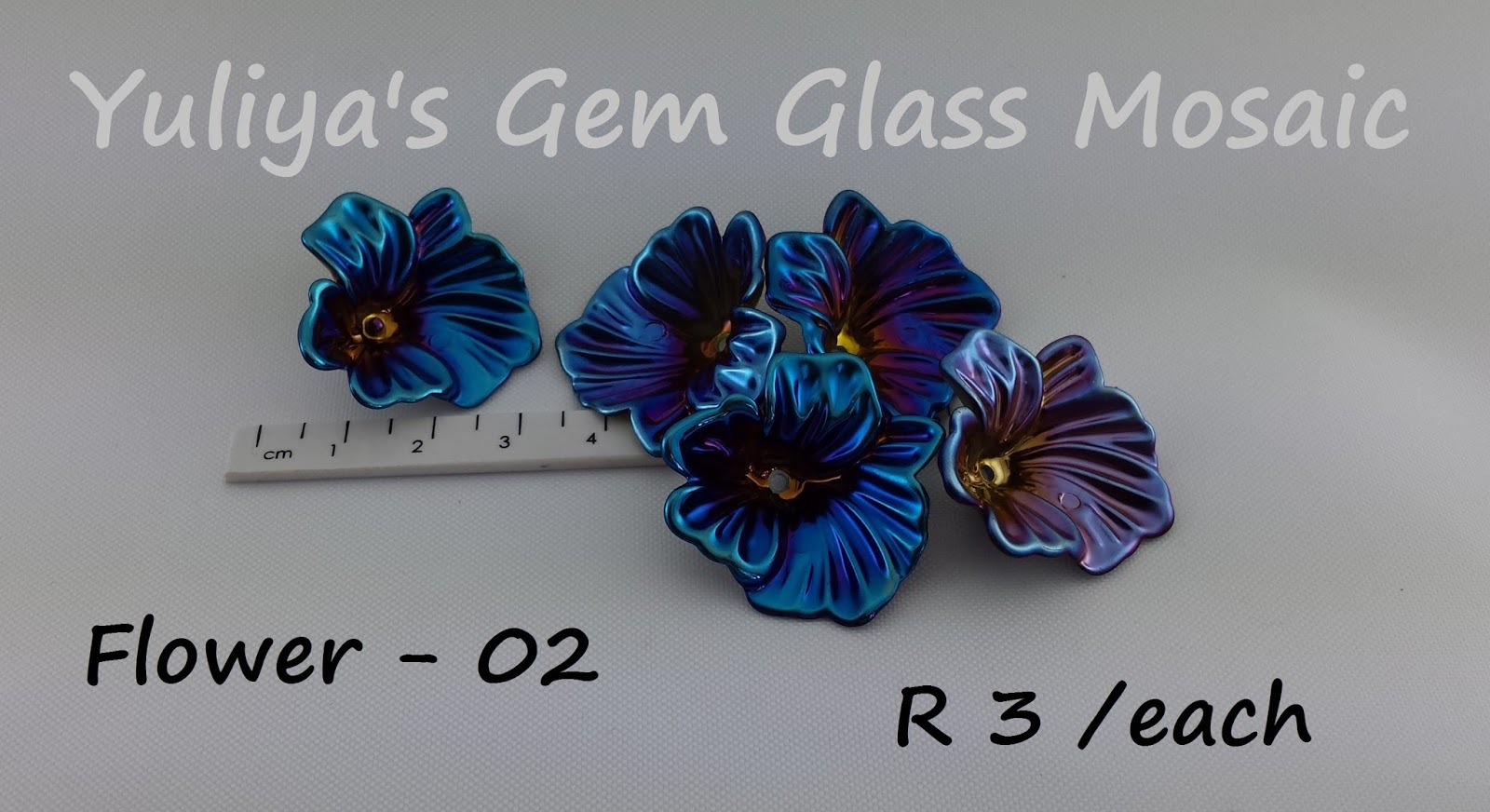


The rising seed library movement is encouraging local gardeners to become crop breeders and empowering communities to reclaim sovereignty over their food. Indeed, this renaissance is already underway. It reminds us that we can return to this age-old practice and restore beauty, wonder, and abundance to our world. The emergence of a breathtaking heirloom variety like Glass Gem reveals that the art and magic of seed saving lives on. Though much of this diversity may be gone, all hope is not lost. In just a few generations, both the time-honored knowledge of seed saving and many irreplaceable seeds are in danger of disappearing. Though this data leaves some questions around actual diversity decline, the trend toward dwindling crop diversity is alarming. The same held true for most other veggies including sweet corn, of which only a dozen cultivars were preserved out of 307 unique varieties once available in the catalogs. Similarly, lettuces that once flourished with 497 heirloom varieties were only represented by 36 varieties. Of the 408 different tomato varieties on the market at the turn of the century, less than 80 were present in the USDA collection. A 1983 study compared the seed varieties found in the USDA seed bank at the time with those available in commercial seed catalogs in 1903.

But under today’s industrial agricultural paradigm of monocropping, GMOs, and hybrid seeds, this incredible diversity has been narrowed to a shred of its former abundance. The bounty of genetic diversity our ancestral farmers and gardeners created in this way was shared and handed down across generations. This process, repeated year after year, changes and adapts the plants to take on any number of desirable characteristics, from enhanced color and flavor to disease resistance and hardiness. For millennia, people have elegantly interacted with the plants that sustain them through careful selection and seed saving. The story of Barnes, Schoen, and their remarkable corn is not unusual.

“No one had ever seen corn like this before.” The spectacular plants that emerged took him by surprise. Curious about the oddly named Glass Gems, he planted a handful of seeds in his garden. Schoen passed on several unique corn varieties to fellow seedsman Bill McDorman, who is a former Executive Director of Native Seeds/SEARCH. While in the process of moving in 2010, he sought out a place to store a sampling of the collection to ensure its safekeeping. The weighty responsibility of protecting these seeds was not lost on Schoen. But after many years, his efforts created a wondrous corn cultivar that has captivated thousands of people around the world.Īpproaching old age, Barnes bestowed his precious seed collection to Greg Schoen, his corn-breeding protégé. Exactly how long Barnes worked on Glass Gem-how many successive seasons he carefully chose, saved, and replanted these special seeds-is unknown. More specifically, he excelled at selecting and saving seed from those cobs that exhibited vivid, translucent colors. Barnes had an uncanny knack for corn breeding. Its origin traces back to Carl Barnes, a part-Cherokee farmer living in Oklahoma. Like many heirloom treasures, Glass Gem corn has a name, a place, and a story.


 0 kommentar(er)
0 kommentar(er)
